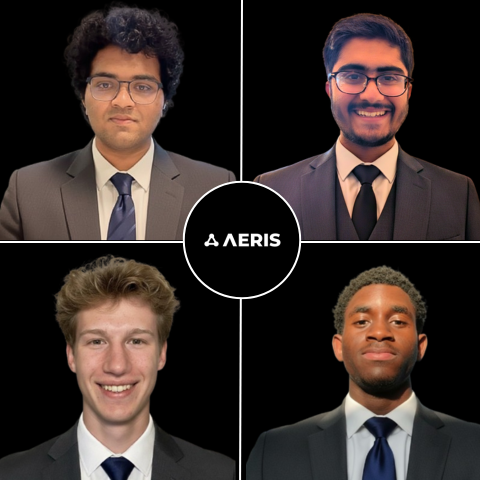 Japan is a country prone to many earthquakes and natural disasters. The devastating earthquake and tsunami of Tohoku on March 11, 2011, killed over 20,000 people, left 6,000 people injured, and 2,500 people are still missing to this day. One key challenge in disaster relief is rescuing all victims within the first three days after the disaster, also known as the “72-hour window”. To overcome this challenge, high school student Aahan Batra (’27), along with his team from the U.S, founded AERS (Aerial Emergency Response & Intelligence Swarm), a drone company saving lives.
Japan is a country prone to many earthquakes and natural disasters. The devastating earthquake and tsunami of Tohoku on March 11, 2011, killed over 20,000 people, left 6,000 people injured, and 2,500 people are still missing to this day. One key challenge in disaster relief is rescuing all victims within the first three days after the disaster, also known as the “72-hour window”. To overcome this challenge, high school student Aahan Batra (’27), along with his team from the U.S, founded AERS (Aerial Emergency Response & Intelligence Swarm), a drone company saving lives.
Inspiration
Aahan has always had a deep passion for helping society through technology. Aahan founded this project last year, along with three students from the U.S, whom he met last year through an online platform. Aahan was influenced by the 3/11 earthquake and Tsunami, which devastated the Tohoku region. “The 3/11 Earthquake and Tsunami deeply influenced me. I’ve always believed that many casualties from that tragedy could have been prevented through better technology, which inspired me to take action,” Aahan said. One challenge that rescue teams face is ensuring that everyone receives help within 72 hours, especially in major disasters. Structural damage, fires, and gas leaks are just a fraction of the dangers rescuers face. “In large-scale disasters, rescuing all victims within the critical 72-hour window is often impossible. Structural instability makes it dangerous for rescue teams to enter affected areas, and issues such as undetected gas leaks, fires, and the lack of a shared live map further endanger victims and responders.”With this project, Aahan and his team aim to transform the future of disaster response, ensuring that no one is left behind.
Achievements and Future Goals
So far, the team has been working on designing the drone and writing complicated software to ensure that the drone works properly. Recently, the team has placed second in the SDG Global Innovation challenge, a technology competition for teens, and has also received a $1,000 grant from the Medici Fund. “I was elated when the interviewer announced that we were ready to receive the investment, and I feel the money will be a stepping stone towards building our prototype,” Aahan said. The $1,000 grant enabled Aahan and his team to take the next step- making the drone. Aahan is not finished with his project, though. He aims to grow his company globally to ensure that everyone has the opportunity to receive help in critical times. “In the short term, I would like to see AERIS Drones succeed in competitions such as the Diamond Challenge and Conrad Challenge. Long-term, I would like to see AERIS Drones become a successful company that not only builds drone swarm technology for profit, but can actually save lives by reducing the time it takes to find victims following natural disasters.” Aahan said.
Through all of the challenges and innovations, Aahan’s company reminds us that everyone, an individual or a group of students, can make a big difference to the world if they have the resilience, empathy, and determination.
For more information, visit: http://aerisdrones.framer.website/#pricing